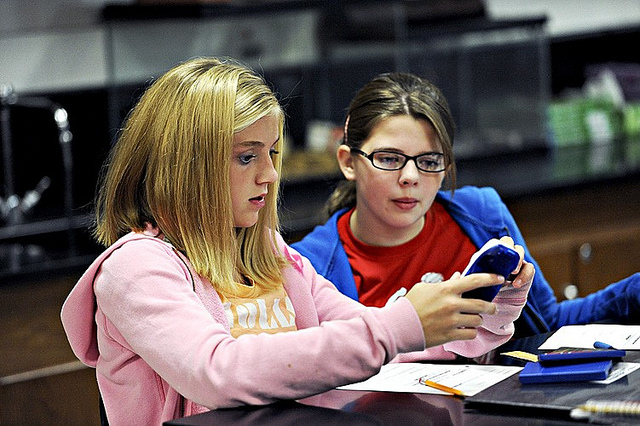How Can Creating Polls Help Students Learn?

Polling has been present in the classroom ever since the first instructor asked students to raise their hands for a vote. But it’s changing in nature thanks to classroom technology and our understanding of how students engage—or fail to, unfortunately.
What used to be a method to get a quick consensus is now a genuine tool for learning and engagement. And we’ve even moved beyond the need to have clickers on hand for every student who needs to participate in a poll, allowing students to utilize mobile devices or computers to answer in real time.
How exactly can creating polls help students learn? Here are three key examples.
Breaking Up Long Lessons
There are a lot of assertions about student attention spans floating around out there. Obviously, it depends on a few factors, like the age of the learners, the subject matter at hand, the time of day, etc. But there does seem to be a developing consensus that students across grade levels and institutions are having a tough time paying attention.
One study found elementary school students are distracted more than a quarter of the time based on how much of each lesson students spend doing “off-task” behaviors. And most of us know the feeling of sitting in a classroom, failing to absorb a lecture because your attention span feels tapped out—or the material seems, well, boring.
Polling is a good way to chop up longer lessons, providing a checkpoint for students to tune back in and think critically. Generally designing lessons as an interactive dialogue is much more effective than planning on giving a one-way lecture for most or all of the allotted class time.
Identifies Areas That Need Work
Remember pop quizzes? While they can be useful for gauging retention—and determining whether students are actually keeping up with course material—they tend to feel like a “gotcha” moment for learners. The stakes feel higher when a mistake affects your grade.
A lower-stakes method of checking retention is using a classroom response system like Poll Everywhere to facilitate interactive multiple-choice quizzing. If a large percentage of students get a question incorrect, it’s a good sign they’d benefit from revisiting that material. But since everyone can answer at the same time electronically, the pressure is less than during a real quiz. Results update in real time, so instructors have a chance to address problem areas on the spot rather than having to circle back after the pop quizzes are graded.
Engages All Personality Types
Many students who are reluctant to raise their hands in front of the class have interesting insights—it’s just that they lack a way to share them comfortably with others. This means classrooms are missing out on valuable input from all learners; not just the people who raise their hands time and time again.
Live polling in the classroom empowers everyone to submit questions, answers and feedback because they can do so anonymously. This levels the playing field for the most precocious extravert and the most contemplative introvert alike, allowing everyone to participate.
Smith College implemented live polling in the classroom and found it played a big role in “allowing students the freedom to participate in discussions with social ramifications” due to its “ability to ensure anonymity and privacy in responses.”
Long story short: Creating a space for students of all personality types and learning styles to contribute goes a long way in making lessons meaningful.
Integrating polls into the classroom can help students learn by facilitating anonymous responses, checking for retention and breaking up long lessons.

